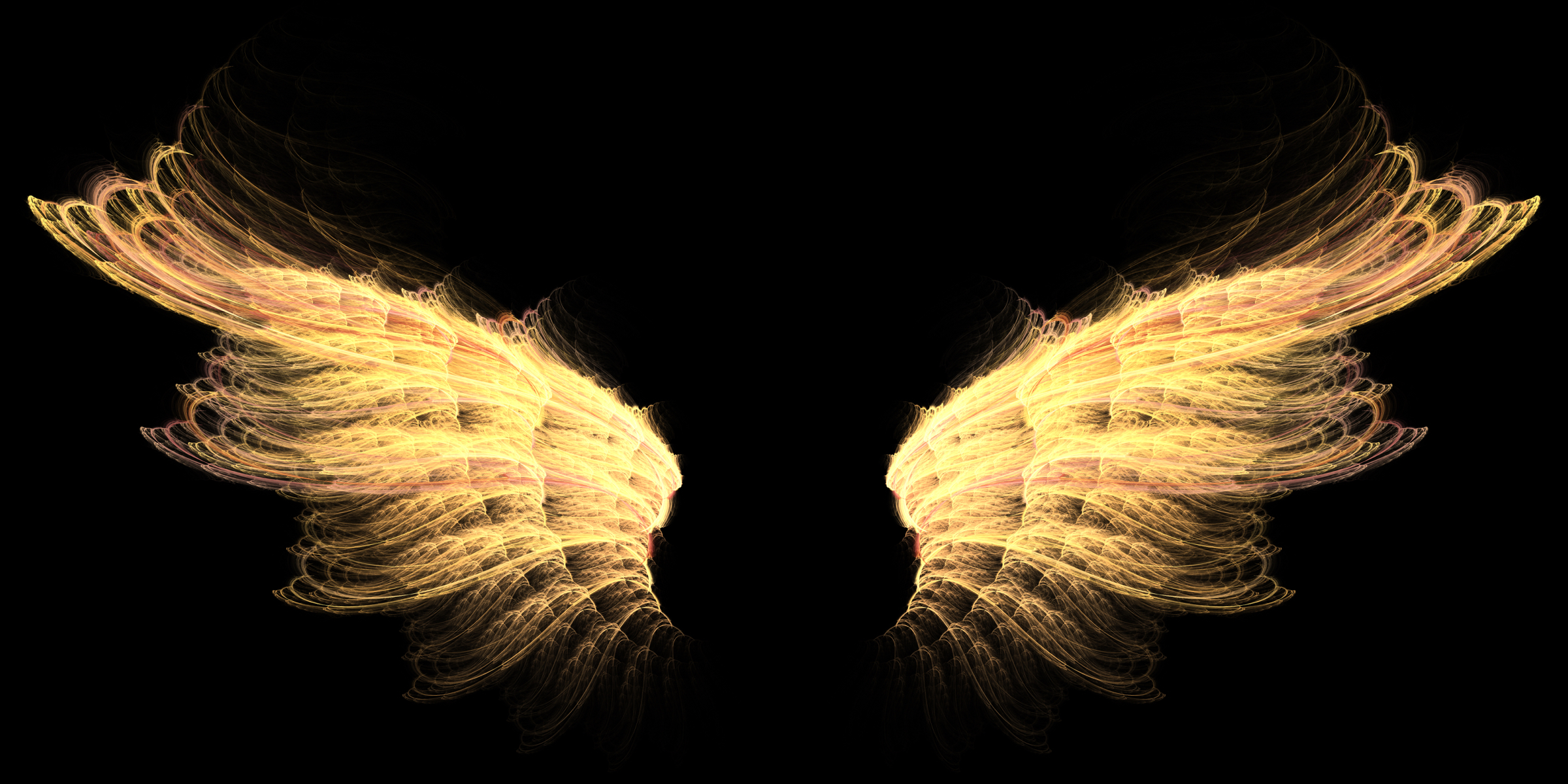References:
by Alexandra Balasa
Allport, F. W., Edwards, C. K., & Ghallegar, S. M. (2003). Origins and evolution of avian humanoid worship: A meta-analysis. Journal of Cultural Psychology, 51, 439-468.
Allport, F. W., Finnigan, S., Edwards, C. K., Simiock, F.F., & Yantz, D. (2015). Magic as science we don’t understand: The devastating psycho-cultural and political ramifications of ascribing religious explanations to scientifically-unexplainable phenomena. Journal of Cultural Psychology, 67, 229-239.
Anshelm, K. P. & Herdis, V. (2012). Pet “parents” and canine “children”: Fostering empathy for non-human animals through personification. Emotion Science Quarterly, 23, 194-222.
Anshelm, K. P., Koltov, C. J., & Iliescu, I. (1999). Mirror neurons differentially encode human actions and animal actions. Cognitive Science Bulletin, 45, 667-680.
Edwards, C. K., Simiock, F. F., Yantz, D., & Finnigan, S. (2010). Seth, Horus, Ganesha, Shedu: A historical analysis of human-animal hybrid deities and primitivism. Journal of Cultural Psychology, 51, 333-345.
Edwards, C. K. (2014). From the siren to the harpy: Humanity’s fascination with birds and flight as analogies for ascension to heaven. Journal of Cultural Psychology, 68, 15-30.
Feagin, O. P., Rehfeldt, T. M., Holloway, J. S., & Emmerson, P. (2017). Is it a man? Is it a bird? Is it an angel?: Focalizing the case study of the creature known as the Sinaia Seraphim through a scientific lens. Journal for the Scientific Study of the Supernatural, 5, 128-144.
Feagin, O. P., Rehfeldt, T. M., & Bhitra, B. E. (2017). Is the Sinaia Seraphim proof of therianthropy, or just another magic trick? Journal for the Scientific Study of the Supernatural, 6, 80-95.
Hardin, U., Riviera, L. O., & Jager, M. M. (1989). Faith set in stone: The inverse relationship between religiosity and progressive beliefs. The Educated Sceptic, 12, 348-370.
Jager, M. M., Boyd, P., Moskowitz, J. F., Johannes, R., Ford, P. J., & Riviera, L. O. (1992). Religious coercive regulations: Religion as an institution of conformity and pressured compliance. The Educated Sceptic, 30, 500-516.
Jager, M. M., & Hardin, U. (1993). Thou shalt not progress: Religiosity as a predictor of experimental anxiety and fear of change. The Educated Sceptic, 35, 217-229.
Kirkpatrick, A. P., Boyd, P., & Pahal, G. C. (1992). Morality in religious individuals as operant fear conditioning. The Educated Sceptic, 29, 731-755.
Nolan, K. F., Christopher, W. W., Ernst, P. L., O’Connor, E., & Worthington, C. A. (2017). Applying the neural theory of association and concept formation to the Sinaia Seraphim. Journal of Psychological and Neurocognitive Experimentation, 95, 1004-1040.
Nolan, K. F., Ernst, P. L., & O’Connor, E. (2017). Seraphim to Satan: Would religious activists be lobbying against exploitation of the Birdman if he was half-snake? Journal of Psychological and Neurocognitive Experimentation, 94, 385-399.
Obenheimer, J. D., & Simiock, F. F. (2000). Symbolic animals throughout the ages: Cross-cultural differences in animal veneration. Bulletin of Faith, 49, 50-92.
Obenheimer, J. D., Pahal, G. C, Hardin, U., Graham, B., Barazoglu, A., & Yilmaz, H. E. (2018). Stunting science for worship: Epistemological conflict in the arguments made by theological proponents in the Seraphim debate. Science Fights Back: the University of Toronto’s Petition to Dissect the Carpathian Birdman for Medicine, 1, 25-90.
Pahal, G. C., Yilmaz, H. E., & Barazoglu, A. (2017). Insights from fMRI techniques: Dysfunction of Carpathian Birdman’s cerebral hemispheres, only diencephalon and brain stem fully- functioning. Science Fights Back: the University of Toronto’s Petition to Dissect the Carpathian Birdman for Medicine, 2, 121-160.
Rakuyama, P. E., & Schaller, I. S. (2017). Insentient angel: Sinaia Seraphim displays normal autonomic/motor reflexes and sleep-wake cycles, but no higher brain functions. In A.B. Naumov (Ed.), The Princeton Symposium on the Arguments for the Dissection Position in the Sinaia Seraphim War. East Windsor, New Jersey (pp. 430-497).
Schaller, I. S. (2018). Killing an angel or cutting a vegetable: Ethical implications and scientific benefits of experimenting on the Carpathian Birdman. Science Fights Back: the University of Toronto’s Petition to Dissect the Carpathian Birdman for Medicine, 2, 160-181.
Tsang, V., Harper, T. J., McDonald, W. W., & Kirkpatrick, A. P. (2009). Religious biologists experience cognitive dissonance from conflicting theological ideals and scientific knowledge. Belief and Behaviour, 103, 629-641.
Tsang, V., Kirkpatrick, A. P., Boyd, P., & Hardin, U. (1995). Positive effects of religious affiliation on open-mindedness. Journal for the Psychology of Religion, 47, 333-350. (As cited in Moskowitz, J.F., & Johannes, R., (1997). Religiousness, religious fundamentalism, and traditionalism as predictors of close-mindedness. The Educated Sceptic, 50, 720-744).
Ulfsson, Z., Spiridos, H. N., Cherfas, K., & Fox, R. T. (2004). Blame and bereavement: The role of out-group targeting as a coping mechanism for shaken beliefs, and in-group affiliation to re-affirm those beliefs. Grief and Mourning Periodical, 42, 550-574. (As cited in Tsang, V., & Rakuyama, P. E. (in press). Channelling grief into hatred: Why Romania, Italy, and Spain waged war on America for the death of the Carpathian Birdman. Journal of Identity and Social Psychology, 27, 22-122.)
Tsang, V., & Rakuyama, P.E. (in press). Channelling grief into hatred: Why Romania, Italy, and Spain waged war on America for the death of the Carpathian Birdman. Journal of Identity and Social Psychology, 27, 22-122.)
Zoltac, J. (in press). Belief, behaviour, and self-fulfilling prophecies: Is the third world war happening because the Bible prophesied a Day of Judgement, or did the Godfearing countries fashion the war because they expected a Day of Judgement in the wake of the Sinaia Seraphim’s death? Social Norms and Codes, 22, 164-180. (As cited in McDonald, W.W., & Rakuyama, P. E. (2019). Psychological ramifications of an angel’s death: from grief to war. Psychology of Emotion, 99, 759-89. Advance online publication. Doi: 12.1073/a0082402)
END
Alexandra Balasa


Leave A Comment